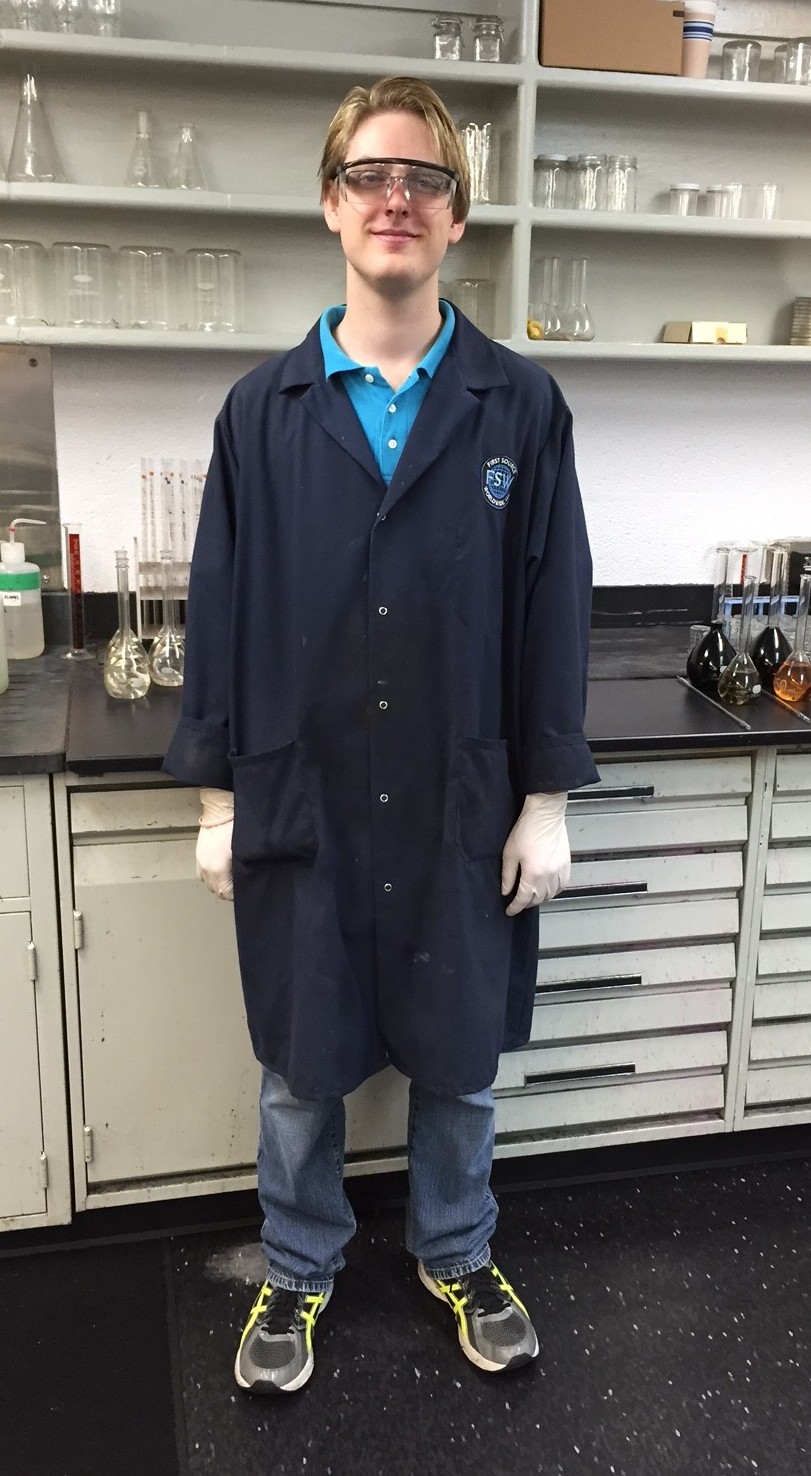Staying Safe With Chemicals in the Workplace
We all know the importance of workplace safety. Not only is it mandated by law, but it also adds value to your corporate culture if done well. Employees who feel safe at work perform better, maintain equipment, and keep each other safe. If you’re using chemicals in your workplace, then correct safety management is important. Proper training and storage will protect your employees’ safety and health. Safe procedures for chemical handling will also help reduce harm to the environment, especially when incorporating processes for managing spills and accidents.
Training for all employees who interact with hazardous materials and distribution of appropriate personal protective equipment (PPE) is vital to maintain the health of your people and organization.

Personal Protective Equipment to Guard Your Employees
PPE can include:
- Eye/face protection (e.g., safety glasses, goggles, face shields).
- Skin protection (e.g., chemical resistant footwear – shoes/boots, clothing –aprons/suits).
- Hand protection (e.g., gloves, disposable or chemical resistant gloves).
- Respiratory protection (e.g., respirators, masks or hoods that give adequate protection).
Each person needs their own equipment and instructions on how to use their PPE. Instructions on how to keep equipment in good condition, how to clean it, and storage procedures to prevent contamination are priorities.
Any distributed PPE should be suitable for its purpose. Employees need to know the requirements for when to use their PPE, and use the equipment only for these jobs. It needs to be clear that using PPE is mandatory. Using cooperative social norm tactics to get buy in from all staff will help ensure it’s always used appropriately.
Staying Safe When Handling Chemicals
Many chemicals have physical or chemical hazards. Information provided in a Safety Data Sheet or on a product label, can help warn of the dangers of certain interactions with the product. Some of these hazards include:
- Flammable or explosive
- Hazards if they mix or store with incompatible chemicals
- Environmental hazards or threat when integrated into the water system
- Dangers of ingestion or contact with skin
- Harmful fumes or emissions
There should be proper ventilation in the chemical and dye area. All drums lids should cover the chemical or dye after every use. Leaving open drums can be hazardous to the workplace and more susceptible to spilling.
Maintain the cleanliness of work spaces every day. Schedule the hosing down of the floors, removal and washing out of empty containers, etc. to ensure daily completion. Do not allow food or drinks in these areas.
Where to Find Information About Chemical Hazards
The main source of information about your chemicals is the label and Safety Data Sheet (SDS). The label provides information on the chemical including the product name, chemical hazards, and immediate precautions you should take into account to ensure safe use.
It’s required to have Safety Data Sheets on file for each hazardous chemical in use. You should keep your SDS’ in a specific place where employees have easy access. Emergency services will also need access if there is a chemical incident. Make sure all your employees know where the SDS’ are and that they have read and understood them.
It is crucial that your employees understand the chemical hazards, potential risks to their health, and controls in place to protect them. Scheduling a training session for safe storage and management is a smart idea to make sure all staff are on the same page. Incorporating similar training for new employees should also be a priority for managers.
Training, supervision, and good housekeeping procedures are the goal. Safe handling of chemicals and colorants in the workplace is important for corporate facility health. Providing the proper knowledge and tools will prevent accidents and lost time by employees.


